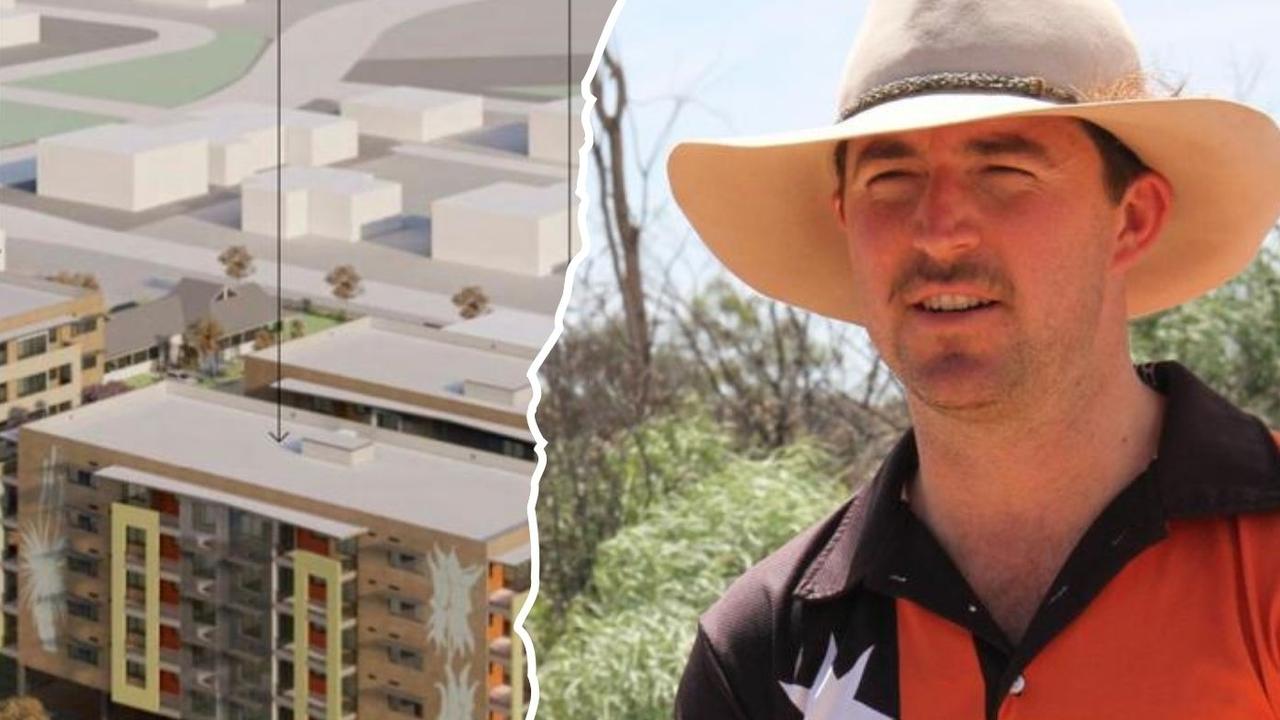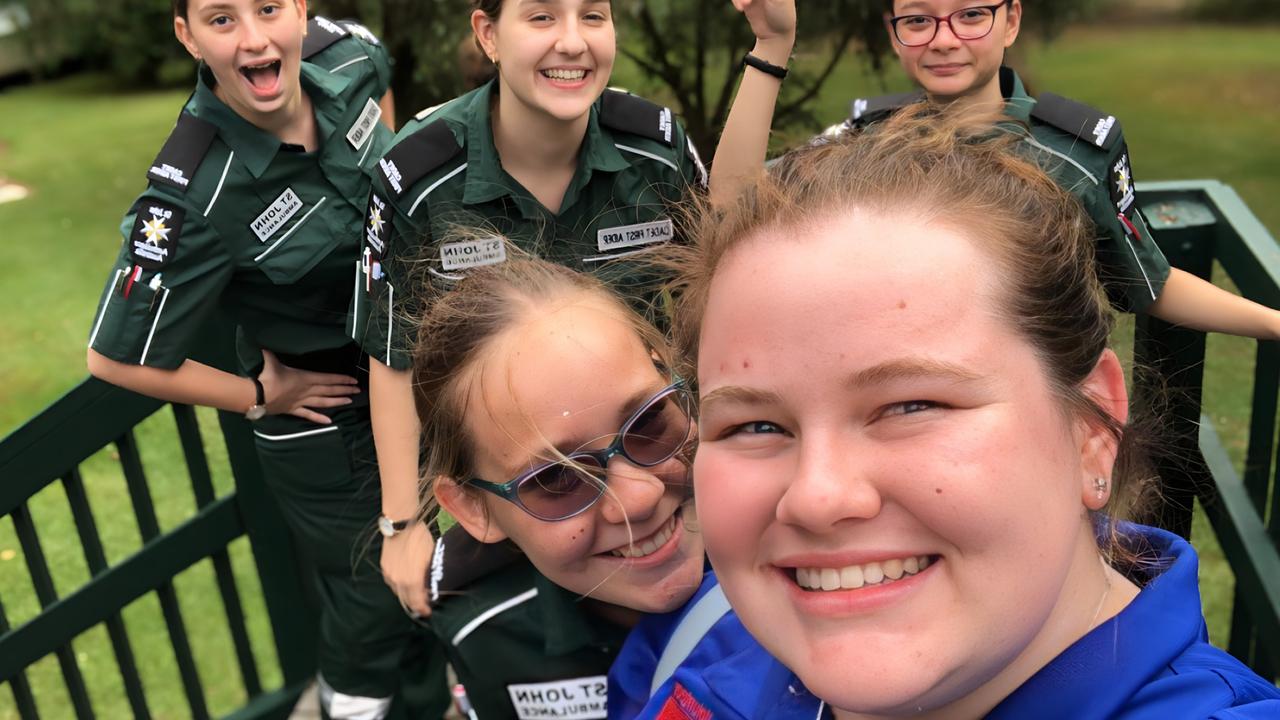Charles Darwin University begins study to increase effectiveness of fluorine-free foams, backed by US Department of Defense
Researchers at Charles Darwin University, supported by a US government department, are attempting to increase the effectiveness of an environmentally safe foam used for extinguishing fires as part of a new study.
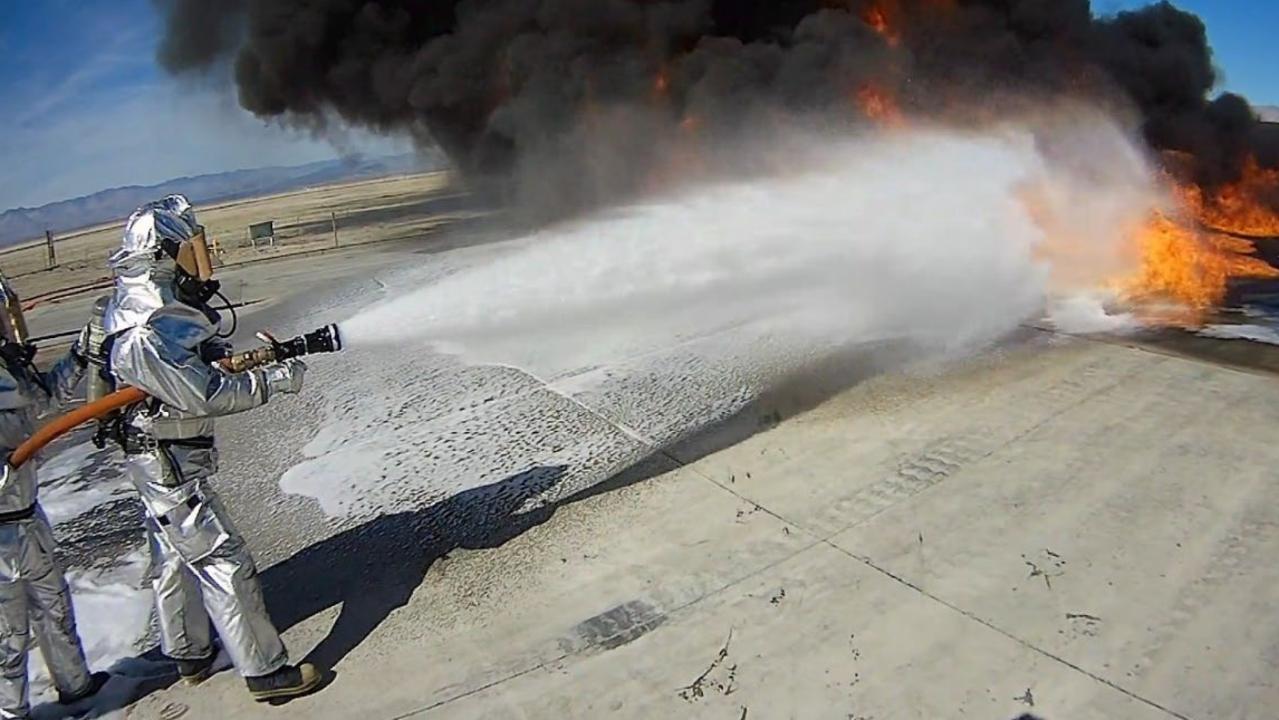
News
Don't miss out on the headlines from News. Followed categories will be added to My News.
Researchers at Charles Darwin University, supported by the United States Department of Defense, are attempting to increase the effectiveness of fluorine-free (F3) foams used for extinguishing fires, as part of a new study.
The study aims to develop new additives and formulations to make F3 foams as effective as PFAS-based foams – known as per- and polyfluoroalkyl substances – which are said to be environmentally unsafe.
The project is led by CDU’s Distinguished Research Professor, Bogdan Dlugogorski, and CDU Senior Lecturer in Chemistry, Vinuthaa Murthy, and is funded by the US Department of Defense.
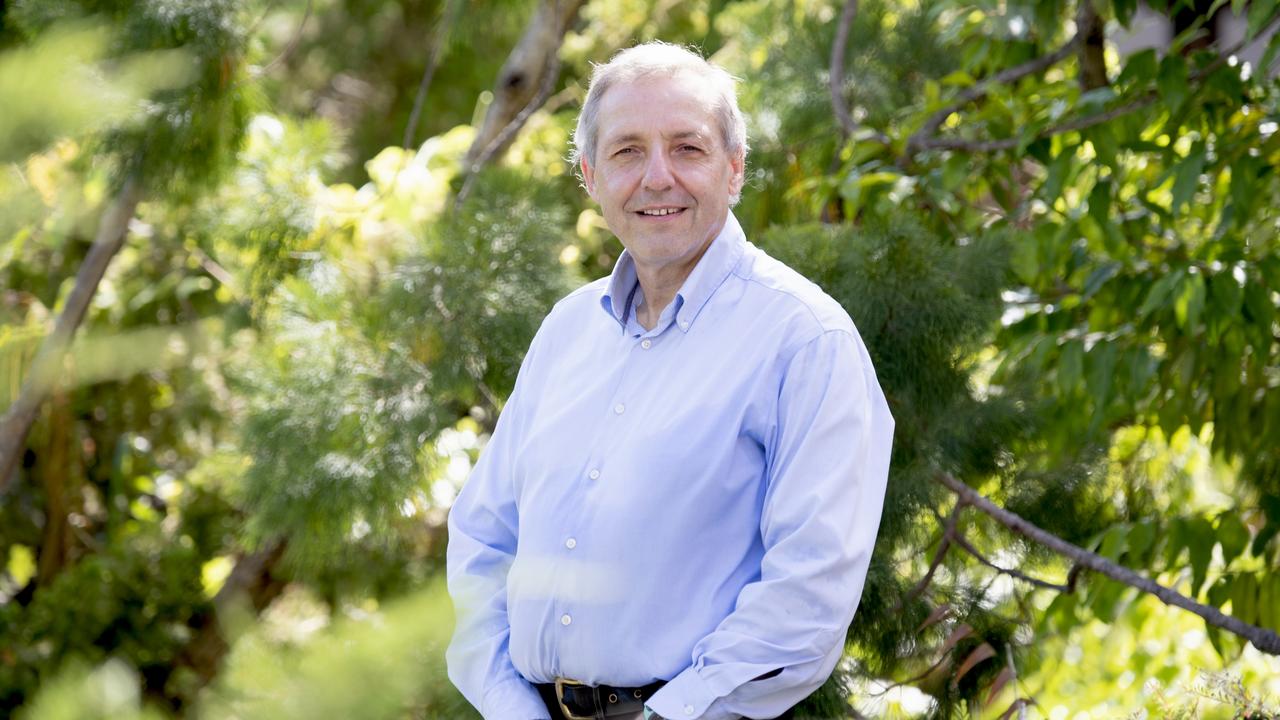
The US Department of Defense was required to phase out PFAS-based foams in 2024, because PFAS compounds are known to persist in the environment and have been linked to adverse health and environmental effects.
However, while F3 foams were a safe alternatives to PFAS, they did not perform up to scratch in critical fire suppression scenarios, Mr Dlugogoriski said.
“The need to improve fluorine-free firefighting foams arises from a combination of regulatory, environmental, and performance factors,” he said.
“Each firefighting foam used forcefully against fires of liquid fuels picks up some fuel; the process is called fuel pick-up.
“The more fuel that is picked up and mixed with the foam means it is less likely to ignite.”
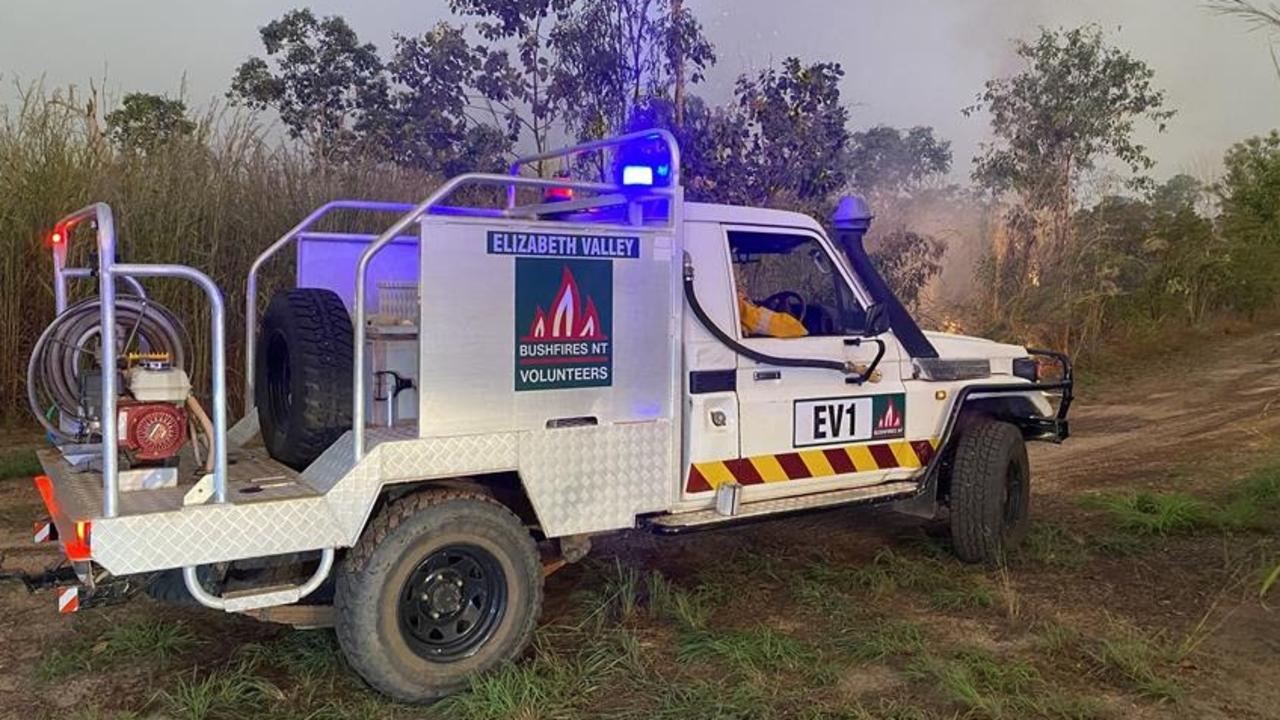
Mr Dlugogorski said PFAS-based foams could pick up 50 to 90 per cent of fuel, while fluorine-free foams picked up a lower amount, estimated to be 20 to 50 per cent of fuel.
“PFAS-based foams make mixtures with fuel to be nonflammable, unlike F3,” he said.
“The present fluorine-free firefighting foams don’t adequately stabilise the fuel during firefighting.”
Mr Dlugogorski said if new technology was developed, it could have widespread impacts on applications like PFAS, which is used in cleaning products, water-resistant fabrics, non-stick cookware, cosmetic devices, food packaging and more.
“If the project develops new technology, this technology could be transferable everywhere – where emulsion/foam type materials are used and need to be stabilised, from ice cream to mayonnaise to emulsion explosives,” he said.
The project, Fuel Pick-up and Its Emulsification as Means to Improve Fire Performance of Fluorine-free Firefighting Foams, will run through to 2027.
More Coverage
Originally published as Charles Darwin University begins study to increase effectiveness of fluorine-free foams, backed by US Department of Defense



